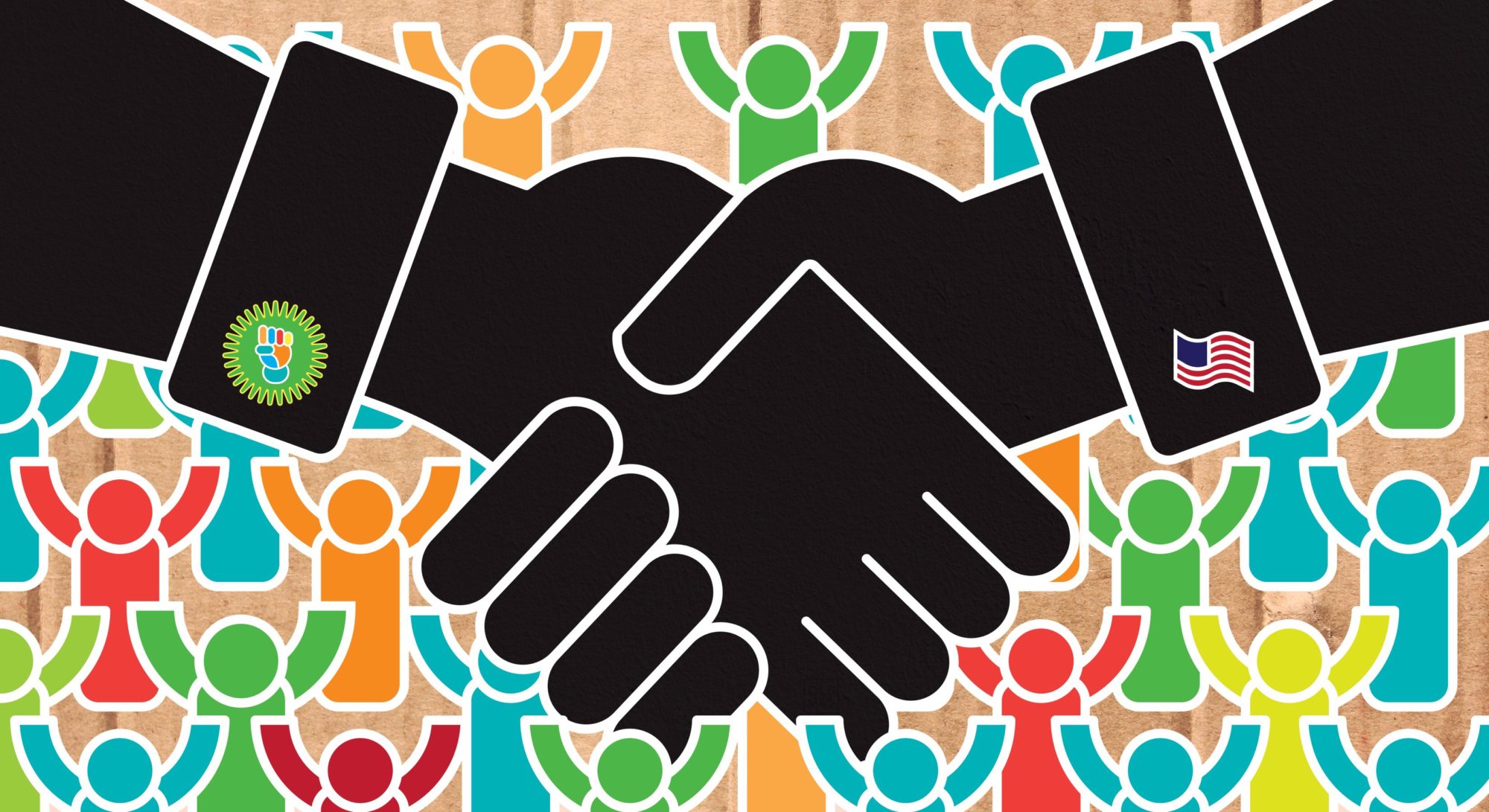
For decades, Salt Lake City’s Poplar Grove neighborhood has sat adjacent to Interstate 80 without a sound barrier, subjecting the area’s residents to unwanted noise and air pollution. When Michael Clara coordinated a meeting with the Utah Department of Transportation to discuss the issue in 2017, they cancelled at the last minute. Legislators weren’t of much help, either, trying but ultimately failing to secure funding for a barrier.
“At one point I got a text from [state Senator Luz Escamilla] saying, ‘It isn’t going to happen.’” Clara said. “That’s when we went to action.”
Clara organized Poplar Grove residents to make their own barrier out of corrugated sheet metal and 2-by-4s. “All we did was: got a few people, went to Home Depot, and started building the wall.”
After Clara published his efforts online, Escamilla was able to coordinate a meeting with lawmakers the following week. The state government budgeted $1.7 million for the project, and construction began this week.
Securing the sound barrier is just one of the many ways Clara, a community organizer with Crossroads Urban Center, has helped coordinate action to prevent the Poplar Grove neighborhood from being ignored by government. He isn’t alone. In many Western cities, residents of marginalized communities often can’t participate in government to the level of more affluent residents, so community organizers help hold those in power accountable. Community organizers aren’t the same as activists. While the latter have their place in politics — more as an agitating force to bring issues to the forefront of social discussion — organizers work more closely with communities themselves and power brokers to craft solutions to problems. Often, these are the people behind the changes, big and small, that communities need most, even though their work often goes unnoticed.
Omar Cuevas Vega, who works for the Statewide Poverty Action Network (SPAN) in Washington, sees his work as the link between the government and the community, especially for those members who are struggling. “People are in such a survival mode that they don’t feel like they can fully engage in the [political] process,” he said. “We try to create those opportunities for them to be active in the process.”
This work can take many different forms, from meeting and negotiating with officials to organizing rallies and events. For some, the job is simply getting their constituents to town halls and government meetings.
Anakh Sul Rama, who works with San Francisco’s Community Housing Partnership (CHP), sums it up: “In the first two years of organizing, I couldn’t describe what I did.” Today, Rama organizes community cleanups where housed and homeless residents work side by side.
Cuevas Vega’s territory is much larger — he operates from Grays Harbor County, on Washington’s west coast, to Spokane, near the Idaho border — so one of his main responsibilities is driving residents to the state capitol in Olympia to meet lawmakers and testify about issues directly impacting them.
Escamilla, the Utah state senator, considers community organizers vital to the work she does. With a tremendous number of topics under legislators’ purview at a given time, organizers help put their community’s most important issues in front of leaders. “I think it’s critical,” she said. “They become experts on issues. We as legislators are generalists — that’s why it’s so important that they are truthful and that you can trust them.”
Cuevas Vega describes his method as the “inside-outside” strategy: hosting “outside” events and protests normally associated with pure activism, while incorporating “inside” activities with key decision-makers to make allies in government.
But this isn’t always straightforward or clean. While drastic measures like constructing a makeshift sound barrier from supplies purchased at Home Depot can help push officials in the right direction, a skilled organizer also has to de-escalate any tension to get results.
“We’re gonna polarize the situation,” Clara explained, “but we have to be able to depolarize, because the very people we’re fighting are going to end up being our allies.”
Clara is practiced at stirring the pot. A former school board member who came to be known for dressing like the “Frito Bandito” at meetings to protest the fact that the board’s president assigned a police officer to sit next to him — the board’s only Hispanic member. Later, he was found to be illegally fired from his job at the Utah Transit Authority when he raised concerns the agency was violating safety standards. He started to work for Crossroads Urban Center when he realized he wanted to find a new way to help his community.
Rama was homeless before CHP trained him to be an organizer. Cuevas Vega has a master’s degree in social work. Every community organizer comes from a different background and experience and not always as part of the community they now work with. But they can use those backgrounds to earn the trust of their constituents, and open lines of communication even between people who don’t agree.
It’s easy for a well-meaning outsider to come to a community and try to make changes, but that can backfire, says Cuevas Vega. When outsiders do come to a community, it needs to be from a position of vulnerability. “Acknowledging that I’m not the expert helps gain their trust,” he said. “It’s more of a partnership than me saying ‘Here’s what you need to do, now do it.’”
Mike Harman, an education specialist for the Salt Lake City School District’s homeless services division and a Poplar Grove resident, says that Clara’s work with residents has been invaluable. While not all residents can see eye to eye on every subject, Harman said, Clara’s work brings them to the table around what they do agree on.
“He kind of rallied people to at least listen and have a conversation,” Harman said.
Thanks to that rallying, diplomacy, and the ability to cajole lawmakers, the noise and pollution from I-80 will soon be blocked in Poplar Grove — and the neighborhood residents’ voices will be heard loud and clear.

